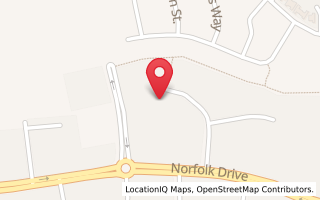Tiwai Point Industrial Hub
Tiwai Point Industrial Hub
The Tiwai Point Industrial Hub development project is a large scale strategic investment project. It will have a strong economic impact on the New Zealand economy. It addresses a variety of issues, ecological, economic and political. It provides solutions on both local and national level and for both, urgent and long-term problems.
It gives the Southland region a future proof position to build a vibrant regional economy, and a healthy social and ecological environment at the same time. It builds long-term sustainable employment security for the people of Southland and beyond.
It provides local and National Government with a strategic vision to base future policy on. In this project summary we will give a birds eye view of the most important problems that are addressed by this project and how it aims to solve them.
TPIH project will be rolled out in 2 stages.
Stage 1
The existing Aluminum Smelter is refitted with the most advanced industrial business technologies and processes. This transition is necessary to make the smelter Zero Waste and Zero Emissions ready to expand range and capacity and produce higher grade products.
This will address a number of ecological problems. The expansion of capabilities facilitates dealing with the enormous back log of toxic waste, built up during the years of operation to date. The new plant configuration can handle all the existing waste, currently in storage across the Southland. This results in a total clean up while no waste is created, since all the waste will be treated and turned into usable materials and products.
The zero waste and zero emissions smelter also helps to meet the national and international demands for a reduced environmental footprint, in particular to help meet the NZ Government's commitments to reduce Carbon emissions.
Besides Aluminum the range will be extended to extract different trace minerals from the same raw material and produce high grade Titanium and Chromium. This will result in products of high purity. At the same time it reduces toxicity levels of the rest product.
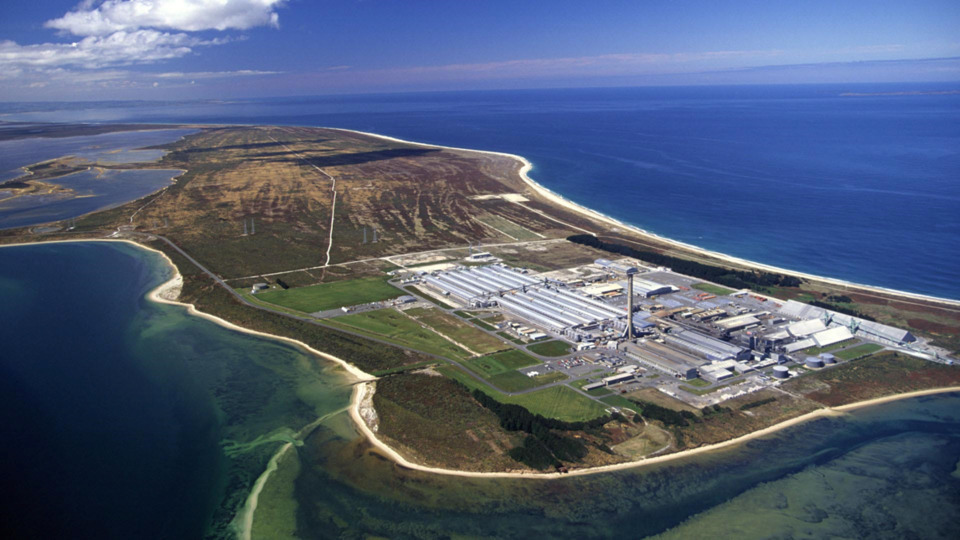
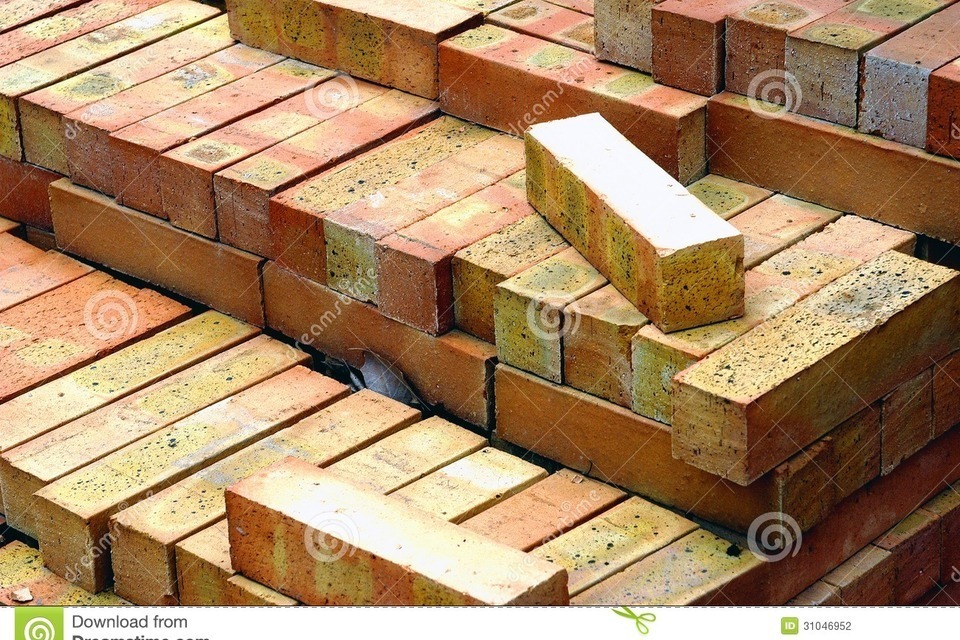
During stage 1, the industrial processing hub develops to encompass a total of 6 plants. These six plants together deal with the raw materials and use up all the waste. Each plant generates solutions for particular problems and/or capitalizes on growing market opportunities. All together they will secure existing jobs and generate enough job opportunities to create a significant economic stimulus for the region as a whole with spill over effects to the rest of the country.
- The Aluminum Smelter upgrade
- A Titanium plant
- An Extraction Processing plant (mostly for Chromium but also deals with some other trace materials)
- An Alloy Steel Mill plant
- A Cement plant
- A Brick Manufacturing plant
Further Stage 1 activities include:
- Resolving the issue of hooking the Manapouri Hydro Power station up to the National Grid. To date its dedicated use was to the Aluminum Smelter. This won't be necessary any more.
- Build storage facilities for raw materials
- Build onsite health and safety facilities including: medical facilities, adequate calamities response facilities. Those service the whole complex and are available for the local communities.
- Environmental conservation safeguards have to be put in place to protect the neighboring reserves and their flora and fauna.
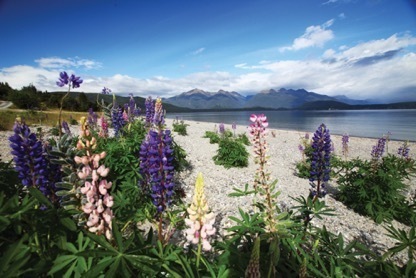
Stage 2
When the Manufacturing Hub comes on line, it takes the products of the smelters and turns them in to high value manufactured goods. All the factories will be held to the highest standards for ecological impact, health and safety wise and all of the concepts have a sound commercial outlook. It means the products they produce are of the highest quality, sustainably produced and part of growing markets that will continue to grow in the future. They play into the long term trends that are already becoming visible in our rapidly changing world.
The plan for the Hub includes the following plants:
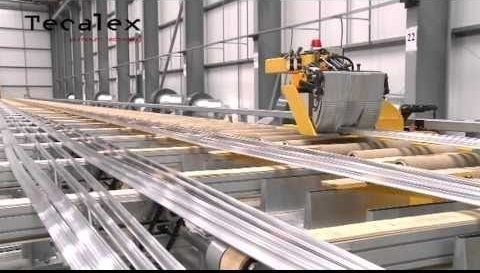
Extrusion Plant
This is where the aluminum is turned into a variety of dedicated products, from window framing to robotic parts. It can produce assembly line components for a variety of industries.
The plant will also have a specific task to produce the core components for the Robotics plant.
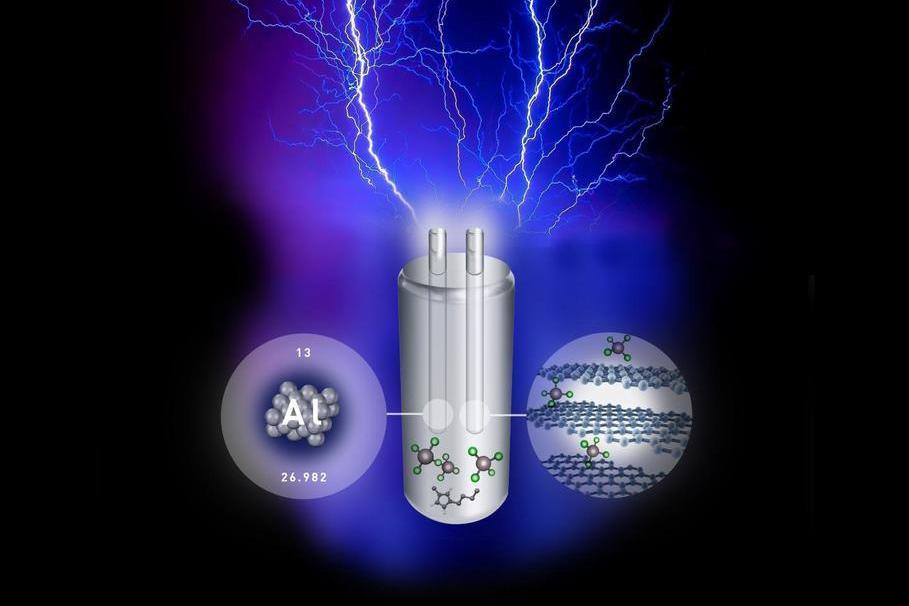
Hybrid Batteries
This is a completely new market in the early stages of introduction. One of the innovations here is that aluminum is used as the battery core. These batteries have 25% of the normal battery weight, They take eight times longer between recharge cycles. Once spent, the battery core is completely dissolved and only needs re-coring to be regenerated.
With the advance in electric cars and the massive political intent and demand to move in this general direction, it has been acknowledged that the greatest limitation on the manufacturing of these vehicles is the battery manufacturing capacity.
This is a very new market that is yet to even get started. By the time this plant is built, the expected market increase will make this product in high demand.
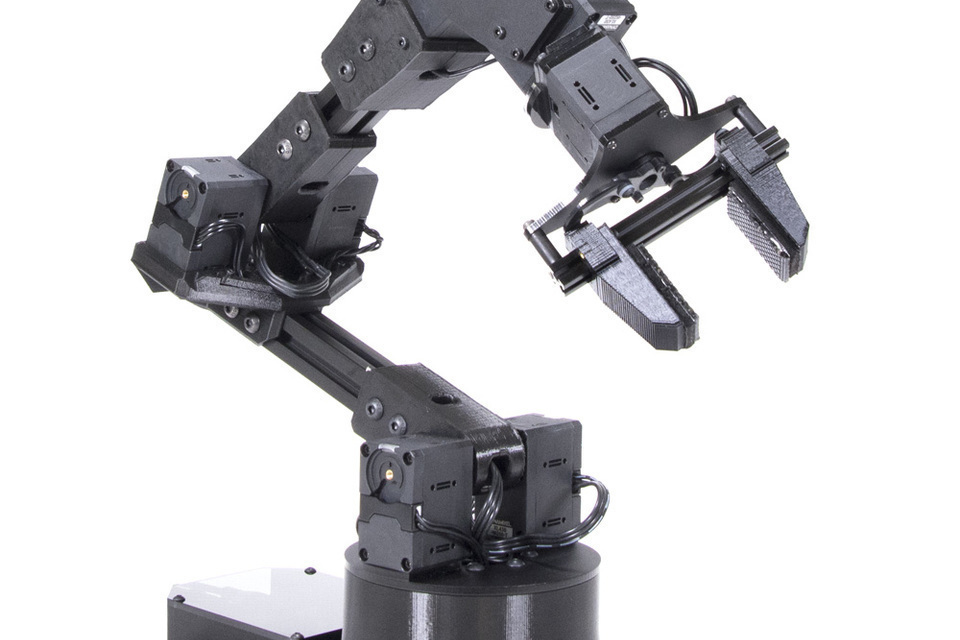
Robotics
This plant is to develop technology for the growing robotics markets and can range from control boards, to components, to fully assembled working models.
A section of this plant will be dedicated to drone development for the search and rescue market. Supported by a small parcel delivery system as an optional extra.
Other automation applications can also be developed to support local economic sectors, such as agriculture.
The hybrid battery plant will provide the batteries for the drones
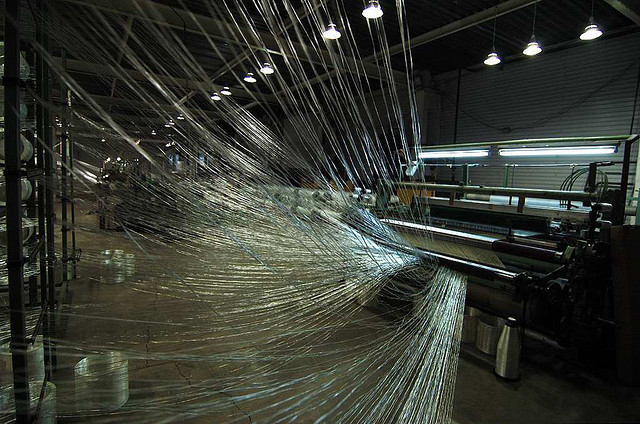
Glass Fiber
This is the best processing use of the 480,000 tonnes of silica sand recovered each year from the waste process. There are 4 different types of glass fiber on the market:
A-glass is mainly used in the manufacture of process equipment.
C-glass shows better chemical resistance.
E-glass combines the characteristics of C-glass with very good insulation to electricity and the most commonly used grade.
AE-glass is Alkali resistant glass.
According to figures out of India, the glass fiber market is expected to grow CAGR 6.1% between 2017-2022, with even stronger growth forecasts beyond 2022.
This is a very interesting and most profitable market to enter with our waste product.

Hydroponics
This facility forms the "lungs" of the EMS (emissions management system). It will use up the extracted carbon, the waste water and the rest heat from the different industrial processes.
It covers an area of 150-200 acres. It is of a suitable scale, to meet the needs of the EMS and its primary function: To convert carbon by organic means.
All food produced will be sold on the regional and national markets.
LOCATION UPDATE:
The main concept of this project is now being applied to different site locations in other countries. These initial Countries are:
* Australia
* Wales
* Italy
with potential sites from other regions and countries to be added once the initial assessing phases are complete. We are open to any locations where this type and scale of project are welcome and can be of direct & indirect benefit to all parties involved.
The aim is to utilise the local resources as much as possible to generate the final high end manufactured products.
|
© Copyright Sasquatch Limited
- Site map
|

